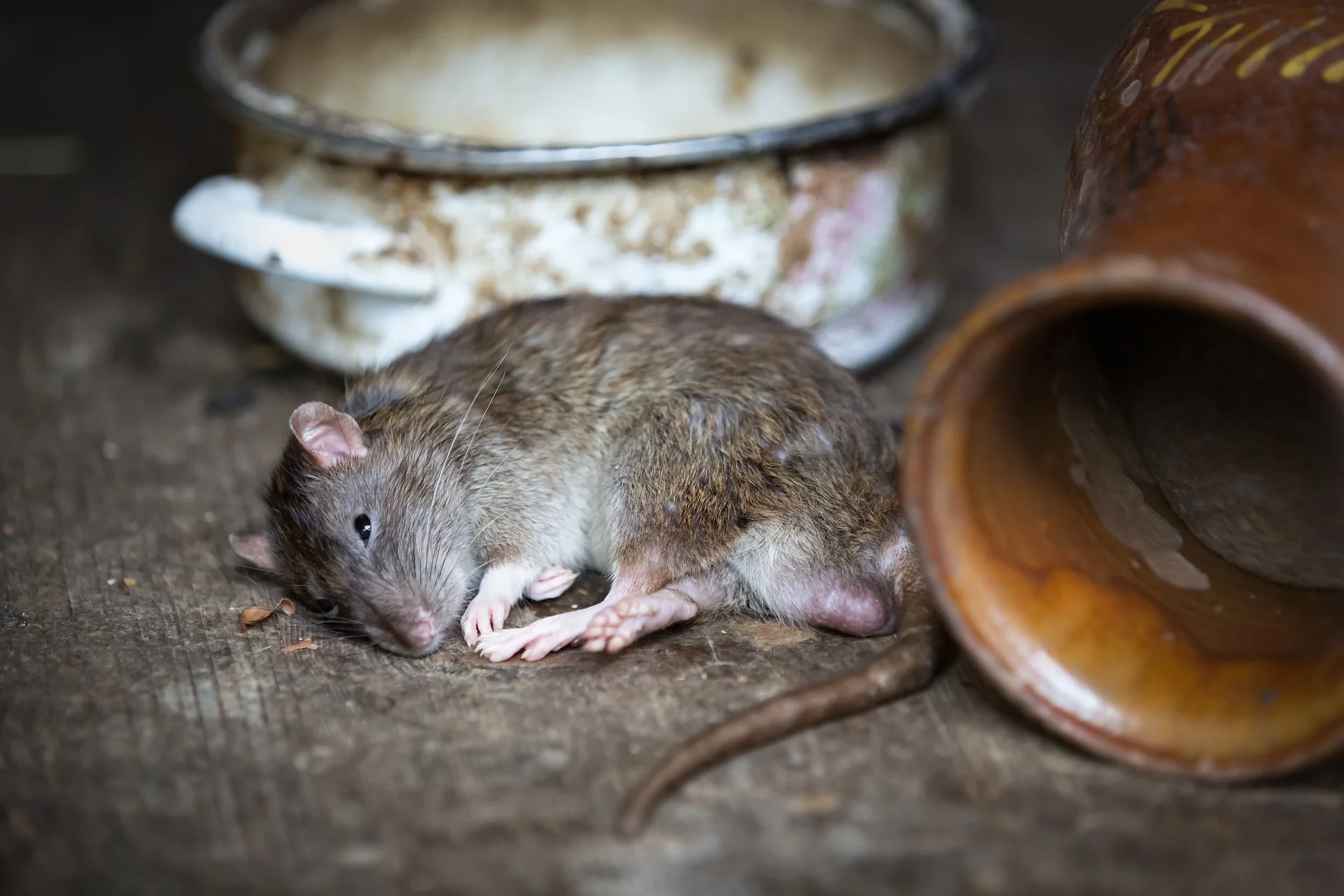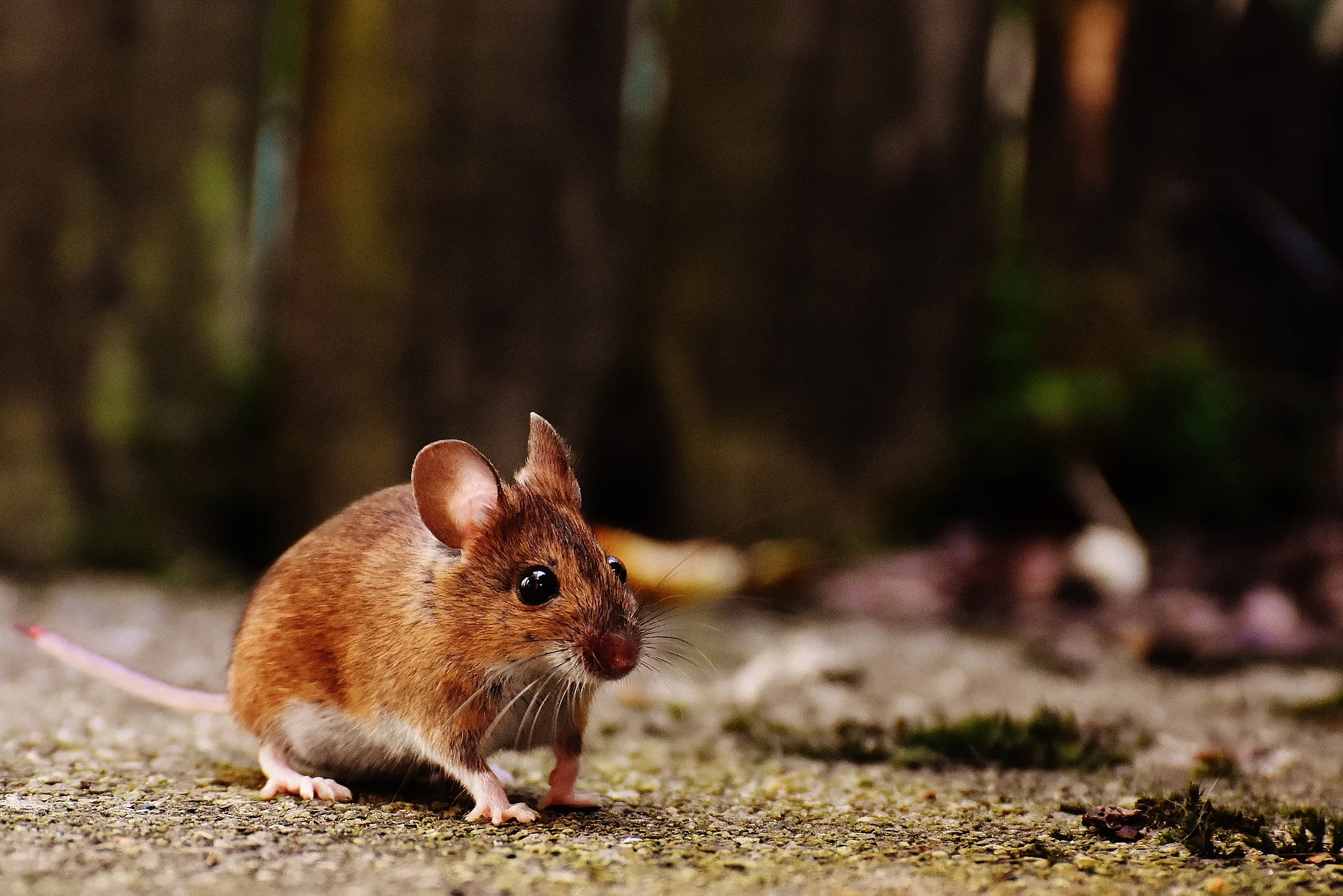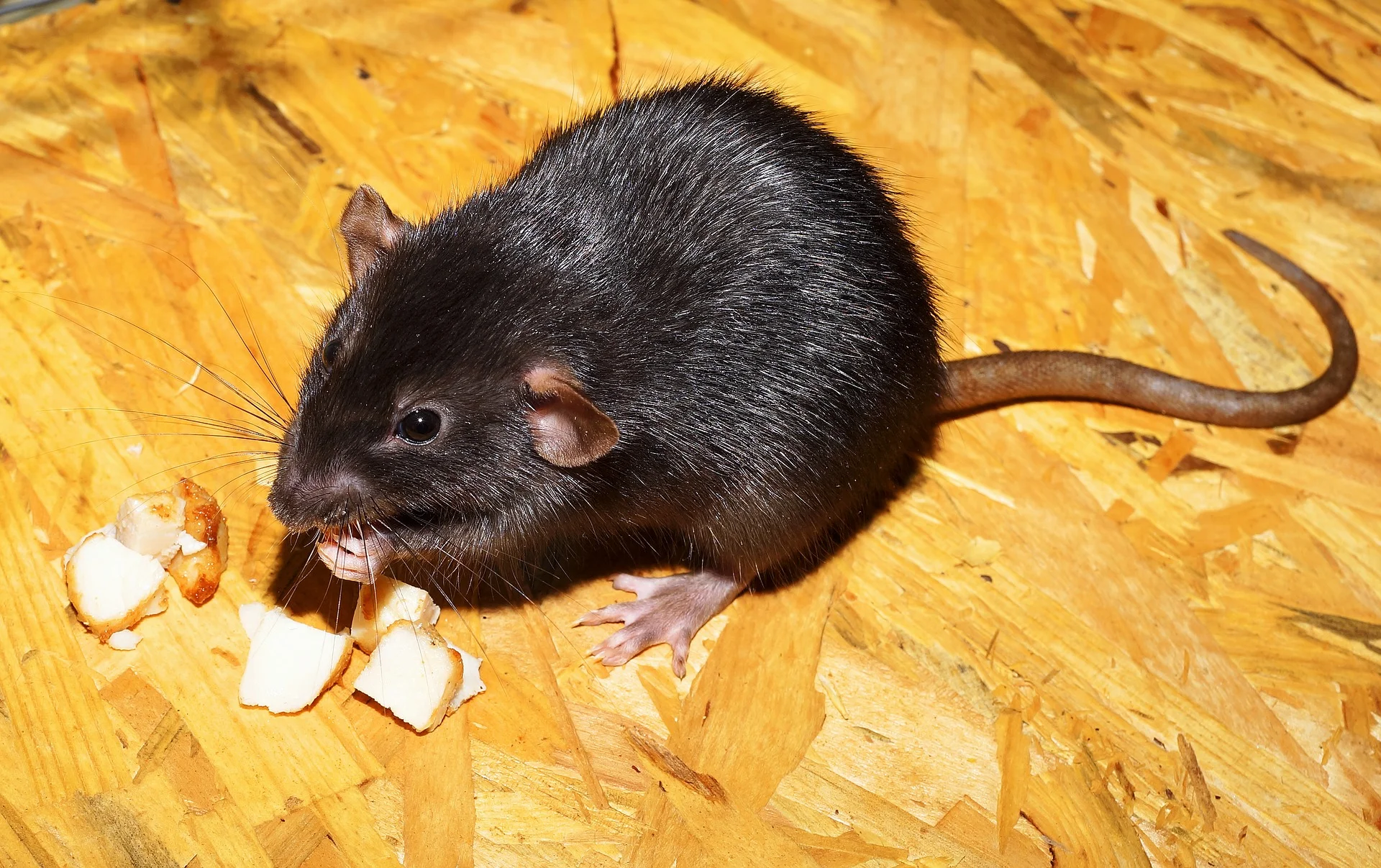The first step to solving any rodent problem is to know if it's rats or mice you're up against. You need to be sure you have a mouse problem and not a rat infestation. Steps towards solving the problem will vary depending on which species has invaded your home or business.
Since both rats and mice are nocturnal creatures; it's unlikely you'll actually see either during the day Although, if seen in daylight, mice are easy to identify. Compared to rats mice are much smaller in size. Mice have longer, thinner tails covered in fur with small, round ears.
Knowing the difference between rats and mice will help save you time, money and heartache.
Rodent Identification
Both mice and rats are nocturnal creatures and are rarely seen in daylight. Rats and mice often forage for food over night, when most residents of the house are sleeping. Even if you do catch sight or sound of a rodent invader, it might only be for a second or two not leaving enough time to identify the species correctly.
Mice are smaller than rats and have larger ears. Mice will have gray or brown fur with white bellies. The head of a mouse is triangular with long whiskers. Mice have long tails with hair.
Rats are larger than mice and leave behind larger droppings. Rats may be black, gray or brown with white stomachs. The head a rat is more blunt in appearance when compared to a mouse Rats have tails that are pinkish, long, and hairless.
Rodent Behavior
In general, both rats and mice are shy preferring to hide. Mice and rats are both nocturnal, only venturing away from their nests at night. Although rats and mice are known to walk around in dirty places, rats, tend to leave greasy marks on walls and along baseboards where they travel back and forth each night.
Mice and rats seek out warm, secluded places to nest, find food and birth their young. Mice and rats both give birth to several young therefore starting an infestation in a any type of structure quickly! Rats and mice seek out food around the property while chewing their way through storage containers, wood or drywall.
Mice and rats have sharp teeth that continually grow, so they gnaw and chew on things. Rats are well-known for chewing through electrical wires and small plumbing lines.
Preventing Rodents
The most effective rat and mouse control begins with prevention. Trash should be disposed of properly, and in a sanitary manner. Sanitation practices must be maintained. Human as well as pet food must be kept in sealed containers. Standing water and moisture leaks should be repaired. Man-placed rodent shelters such as wood piles and overgrown weedy areas should be eliminated.
The most effective form control measure for rats and mice is to limit food, water, shelter, and access to structures. Rats and mice are both able to squeeze through holes that appear much too small for them. Preventing rodents begins by following steps outlined at the bottom of this page.
f you're frightened or unsure about mice invading your property, Gladhill Services offers the easiest and most reliable solutions for rodent problems. We provide a quick, 100% guaranteed service to rid your home or business of rats and mice.
Rodent Proofing Tips
- Seal all entry points such as sewers, cracks, crevices, and air vents.
- Repair or replace damaged screens around the foundation and under eaves
- Install a tightly-fitted access panel or door for the crawl space.
- Seal all openings around pipes, cables, and wires that enter through walls or the foundation.
- Be sure that windows are screened and that screens are in good condition.
- Cover rooftop plumbing vent pipes with screens.
- Make sure exterior doors are tightly fitted with weatherproofing at bottoms.



